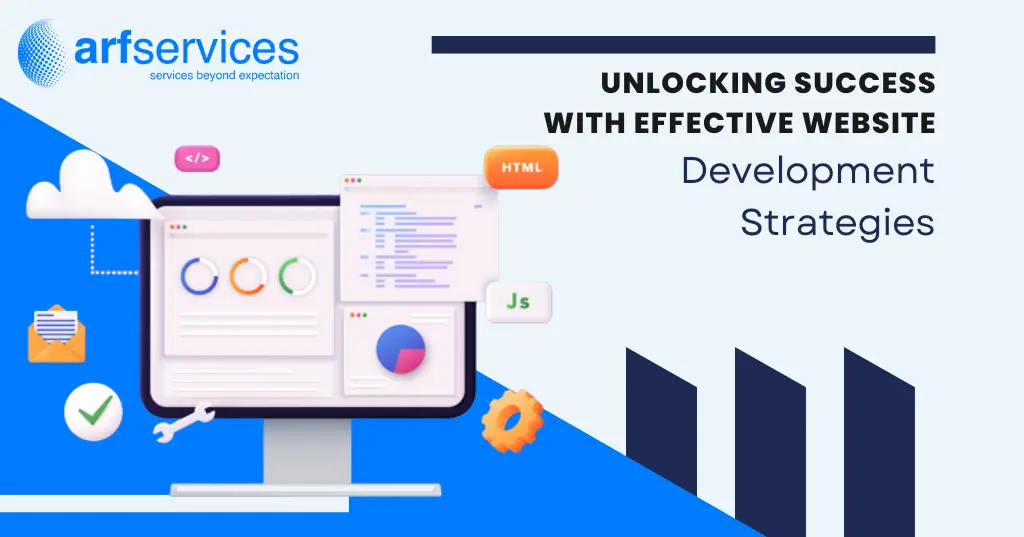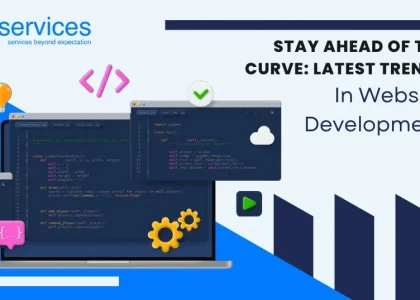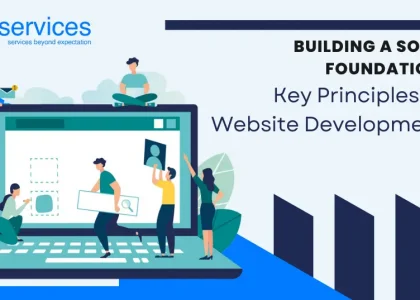Introduction
Welcome to the digital era, where every pixel holds significance. Nowadays, websites are more than just information hubs; they have become extensions of your brand. With personalized website experiences having an astounding 80% increase in the likelihood of consumers making purchases, it is vital to employ effective strategies that take your website from good to outstanding. In this transformative journey, we will explore eight strategies that combine creativity, practicality, and proven efficacy. So, let’s get ready and embark on this path to unlock the success that awaits you!
Strategy 1: Illuminating Your Brand: The Power of Imagery
Imagery goes beyond mere decoration for your website; it serves as a powerful vehicle for your brand’s narrative. Utilizing high-quality and relevant images can captivate visitors, evoke emotions, and enhance engagement. These visuals enable your audience to establish a visual connection with your brand, fostering a sense of trust and affinity. Therefore, it is crucial to carefully select images that align with your brand’s ethos, resonate with your target audience, and complement your site’s content. Additionally, consider optimizing image dimensions, formats, and compression to maintain site speed. For an affordable source of stunning royalty-free stock photos, we recommend Dreamstime. Incorporating such images is an excellent way to elevate the professionalism and aesthetics of your website.
Strategy 2: Content is King: Prioritizing High-Quality Content
Content plays a vital role on your website, serving as the lifeblood that drives SEO and enhances the user experience. As the primary tool for communication, it reflects your brand’s knowledge, credibility, and authority in your field. The hallmark of high-quality content lies in its ability to be insightful, original, intriguing, and tailored to meet your audience’s needs and interests. It should not merely fill space but rather establish a consistent style and tone that contribute to a cohesive, reliable, and easily identifiable brand image.
View your content as a means of engaging in conversation with your audience. Integrate keywords strategically to ensure your message reaches search engines, but be cautious to avoid keyword stuffing, as it can result in penalties. Keeping your content updated regularly is akin to staying in touch with a friend; it ensures your site remains fresh, relevant, and aligned with your audience’s evolving needs.
Strategy 3: Navigation Ease: Building a User-Friendly Interface
The user journey on your website should be seamless and enjoyable. A smooth navigation experience can have a significant impact on user retention, creating an inviting environment that encourages visitors to explore and stay. To achieve this, it is crucial to design an intuitive interface that guides users effortlessly, much like turning the pages of a book. Clear and logically structured menus act as signposts, while concise labels provide easy-to-read instructions, and prominent call-to-action buttons act as persuasive guides.
These user-friendly interface elements function as your site’s hospitality team, reducing visitor frustration, amplifying engagement, and enticing users to delve deeper into your content. Additionally, ensuring that your website is ADA compliant allows you to reach a broader audience and sets a positive example for other websites that may not have implemented this feature.
Strategy 4: SEO – Your Website’s Visibility Beacon
Search Engine Optimization (SEO) is the guiding light that leads your website towards improved visibility. This invisible force beckons search engines, enabling them to understand your content and boost your site’s ranking in search results. SEO is not a solitary trick but a series of calculated actions, including keyword optimization, crafting relevant meta tags, acquiring quality backlinks, and more. An SEO-optimized website doesn’t just attract more traffic; it acts as a magnet, drawing in the right type of traffic for your business.
Strategy 5: Mobile Optimization: Embracing the Mobile-First Era
We are currently living in the mobile-first era, where smartphones have become as commonplace as wristwatches once were. This shift has led to significant changes in website design principles. A mobile-optimized website ensures a pleasant browsing experience for smartphone users, much like a well-fitted outfit that adjusts its layout and content to suit different screen sizes. It prioritizes easy navigation and swift load times, aiming to satisfy mobile visitors.
Catering to your mobile audience goes beyond enhancing user experience; it also plays a crucial role in maintaining a favorable position with search engines. Mobile-friendly sites are given priority in search engine rankings, making mobile optimization essential for staying in their good books.
Strategy 6: The Credibility Factor: Building Trust with Website Security
In today’s digital world, website security is not just a technical requirement; it serves as the foundation of your brand’s credibility. With frequent data breaches and privacy violations making headlines, demonstrating that you prioritize your visitors’ privacy and data security becomes a powerful differentiator. To achieve this, implement robust security protocols such as HTTPS, and regularly update your site’s software, treating it like you would maintain a vehicle.
Additionally, ensure that your privacy policy is easily accessible and transparent, much like an open book, rather than being hidden away in the background. A secure website acts as a fortress that protects user trust, and this trust often turns casual visitors into loyal customers. Prioritizing website security is crucial for establishing a strong and trustworthy online presence.
Strategy 7: Speed Matters: Ensuring Fast Load Times
The speed of your website silently wields significant influence over both user experience and SEO. Slow load times can frustrate visitors and have a detrimental effect on your search rankings. To ensure a swift-loading website, it’s essential to optimize image sizes, minimize HTTP requests to eliminate unnecessary hurdles, and leverage browser caching for faster delivery of content. Additionally, considering a Content Delivery Network (CDN) can provide an extra turbo boost to your site’s performance.
A website that loads quickly is akin to a well-run event – a pleasure to attend, enhancing user experience and encouraging better engagement. Prioritizing website speed is crucial for retaining visitors and achieving a positive impact on your search engine rankings.
Strategy 8: Analytics: Making Data-Driven Decisions
In website enhancement, analytics serves as your sharp lens, offering a clear panorama of your website’s performance. This tool illuminates valuable data about your visitors and assesses the effectiveness of your content, much like a quality inspector. Tools like Google Analytics act as your consultants, enabling you to track essential metrics and providing actionable insights for improvement.
Conclusion
Congratulations! You now have eight impactful strategies to transform your website from a simple digital presence into a powerful force driving success. Enhancing your website is an ongoing process of adaptation, evolution, and innovation. Each strategy we’ve discussed, whether it’s leveraging the power of imagery, prioritizing high-quality content, creating a user-friendly interface, harnessing SEO, optimizing for mobile, ensuring security and speed, or letting analytics guide your steps, plays a vital role in this dynamic machine.
By implementing and refining these strategies, you pave the way for your website’s success. Now, it’s your turn to take the driver’s seat, put these strategies into action, and propel your website to new heights of success!
Check Out Our Web Development Packages and SEO Packages.








